Home>Garden Essentials>How To Plant Grass Seed On Existing Lawn
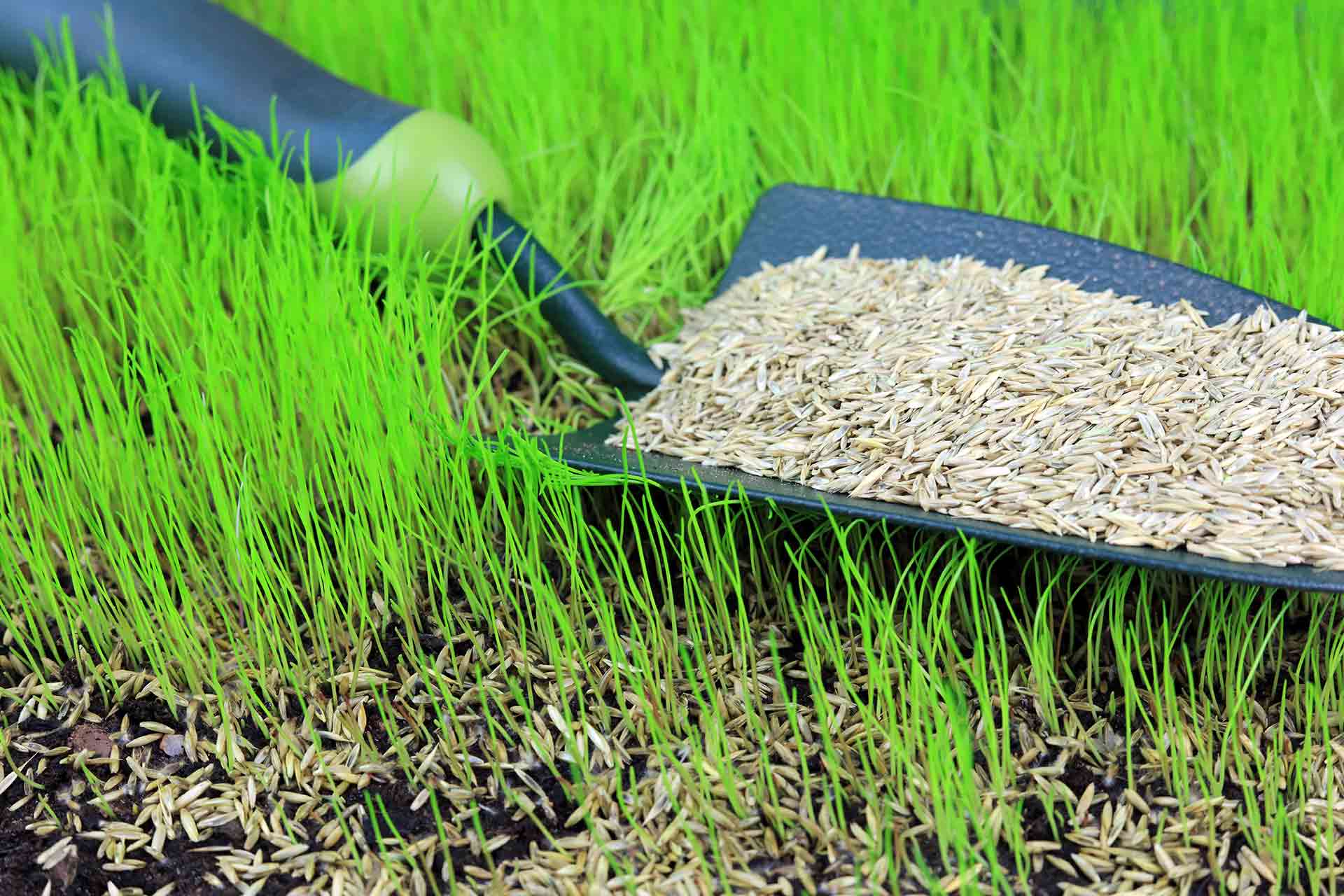

Garden Essentials
How To Plant Grass Seed On Existing Lawn
Modified: October 19, 2024
Learn how to plant grass seed on your existing lawn and transform your garden into a lush, green oasis with our step-by-step guide.
(Many of the links in this article redirect to a specific reviewed product. Your purchase of these products through affiliate links helps to generate commission for Storables.com, at no extra cost. Learn more)
Introduction
Welcome to the world of gardening! A lush green lawn is the centerpiece of any beautiful garden, providing a soft and inviting space for outdoor activities and relaxation. If you have an existing lawn that needs some rejuvenation, planting grass seed can be a cost-effective and efficient way to achieve that perfect lawn you’ve always dreamed of.
Planting grass seed on an existing lawn comes with its own set of challenges and considerations. It requires careful assessment of the current state of your lawn, proper preparation, and selecting the right type of grass seed. In this article, we will guide you through the step-by-step process of planting grass seed on an existing lawn, from assessing the condition of your lawn to maintaining the freshly germinated grass. So let’s get started!
Key Takeaways:
- Choose the right grass seed based on your climate, sunlight, and soil conditions for a healthy, vibrant lawn. Proper preparation and watering are essential for successful grass seed germination.
- Regular maintenance, proper mowing, and addressing common lawn issues will help you maintain a lush and beautiful lawn. With dedication and patience, you can transform your existing lawn into a stunning oasis for relaxation and enjoyment.
Read more: How To Sow Grass Seed On Existing Lawn
Assessing the Existing Lawn
Before you begin the process of planting grass seed on your existing lawn, it’s important to assess the current condition of your lawn. This will help you determine the appropriate steps to take for a successful seeding process.
Start by examining the overall health and density of your lawn. Look for bare patches, thin areas, or areas that are overrun with weeds. Take note of any areas that receive excessive shade or have poor drainage.
Next, evaluate the type of grass that is currently growing in your lawn. Different grass species have different growth habits, water and sunlight requirements, and resistance to pests and diseases. Knowing the type of grass you have will help you choose the right grass seed for overseeding.
You should also check the soil pH and fertility. Grass thrives in soil that has a pH range of 6 to 7. If your soil is too acidic or alkaline, it may hinder the growth of new grass seed. You can test the pH level of your soil using a soil testing kit available at gardening stores or by sending a sample to a soil testing laboratory.
Identify any existing weed or pest problems in your lawn. Weeds compete with grass for nutrients and sunlight, so it’s important to address any weed issues before seeding. Similarly, pests such as grubs or fungal diseases can damage the newly germinated grass. Take necessary measures to control these issues before proceeding with seeding.
By thoroughly assessing these factors, you will have a clear understanding of your lawn’s needs and how to address them during the grass seeding process. This will ensure a favorable environment for the new grass seed to germinate and establish a healthy lawn.
Preparing the Lawn for Grass Seeding
Once you have assessed the condition of your existing lawn, it’s time to prepare the area for grass seeding. Proper preparation will create a favorable environment for the new grass seed to take root and grow. Here are the steps to follow:
- Remove any debris: Start by removing any rocks, sticks, and other debris from the lawn. This will ensure an even distribution of grass seed and prevent interference with the germination process.
- Mow the existing grass: Before seeding, mow your lawn at a lower setting than usual. This will help expose the soil and create space for the new grass seed to make contact with the ground.
- Aerate the soil: If your lawn has compacted soil or poor drainage, consider aerating the area. Aerating involves creating small holes in the soil to allow better air, water, and nutrient penetration. This will promote healthy root growth for the new grass seed.
- Address weed issues: It’s essential to control any existing weed problems before seeding. Depending on the severity of the weed infestation, you can manually remove the weeds, use herbicides, or employ a combination of both. Make sure to follow the instructions carefully when using herbicides.
- Level uneven areas: If your lawn has uneven areas or low spots, leveling is necessary to ensure an even distribution of the grass seed. You can do this by adding topsoil or a leveling mix and raking it until it is smooth and level.
- Improve soil fertility: Conduct a soil test to determine if your soil needs any amendments. If necessary, add organic matter or fertilizer to provide the new grass with essential nutrients. This will help promote healthy growth.
By following these preparation steps, you will create an optimal foundation for your new grass seed. This will increase the chances of germination and establishment of a healthy, vibrant lawn. Take your time during this stage to ensure thorough preparation for a successful grass seeding process.
Choosing the Right Grass Seed
Choosing the right type of grass seed is crucial for the success of your lawn. Factors such as climate, soil conditions, and the amount of sunlight your lawn receives will determine the best grass seed for your specific situation. Here are some key considerations when selecting grass seed:
- Climate: Different grass species are adapted to specific climates. Cool-season grasses like Kentucky bluegrass and fescue thrive in regions with cold winters and moderate summers, while warm-season grasses like Bermuda grass and Zoysia grass are suited for regions with hot summers and mild winters.
- Sunlight requirements: Evaluate how much sunlight your lawn receives throughout the day. Some grass species, like fine fescue, tolerate shady conditions, while others, like Bermuda grass, require full sun. Choose a grass seed that matches the light conditions of your lawn.
- Soil conditions: Consider the soil type and fertility of your lawn. Some grasses, like ryegrass and tall fescue, can tolerate a wide range of soil conditions, while others, like centipede grass, prefer well-drained soils. Check the seed packaging for information on soil adaptability.
- Intended use: Think about the primary use of your lawn. If you have pets or children, you may want to choose a grass seed blend with good wear tolerance. If your lawn will be primarily ornamental, you can select a grass seed that provides a lush, dense appearance.
- Maintenance level: Different grass species have varying maintenance requirements. Some grasses, like fine fescue, are low-maintenance and require less watering and fertilization, while others, like Kentucky bluegrass, require more attention. Consider your available time and commitment to lawn care.
Once you have considered these factors, visit a local garden center or consult with a lawn care professional to choose the best grass seed blend for your specific needs. It’s also helpful to read online reviews and seek recommendations from others in your area who have successfully planted grass seed.
Remember, selecting the right grass seed is essential to establish a healthy, resilient lawn that will thrive in your specific growing conditions. Take the time to research and make an informed decision for the best results.
Spreading the Grass Seed
Once you have prepared your lawn and chosen the right grass seed, it’s time to spread the seed evenly across the area. Proper seed distribution will ensure uniform growth and a lush, green lawn. Follow these steps to spread the grass seed effectively:
- Use a reliable spreader: A spreader is a valuable tool for even seed distribution. Whether you opt for a hand-held spreader or a broadcast spreader, ensure that it is clean and in good working condition.
- Calculate the appropriate seed amount: Refer to the instructions on the grass seed packaging to determine the recommended seeding rate. This will depend on the type of grass seed and the condition of your lawn. Measure your lawn area and calculate the amount of grass seed you need accordingly.
- Divide your lawn into sections: Divide your lawn into smaller sections to ensure even coverage. This will help you stay organized and avoid over-seeding or missing spots.
- Start spreading the seed: Begin spreading the grass seed in one section of the lawn. Walk at a steady pace while turning the spreader handle or operating the spreader mechanism. Overlap each pass slightly to achieve an even distribution. Follow the same process in each section until the entire lawn is covered.
- Water the seeded area: After spreading the grass seed, lightly water the entire area. This will help the seeds settle into the soil and initiate the germination process. Be careful not to overwater, as excessive moisture can lead to seed runoff or fungal diseases.
It’s important to note that timing is crucial when spreading grass seed. Ideally, aim to seed in early spring or early fall when temperatures are moderate and there is ample moisture. This will provide the best conditions for successful seed germination.
After spreading the grass seed, monitor the area regularly to ensure that the soil remains consistently moist until the new grass emerges. Be patient, as grass seed can take weeks to germinate fully. Avoid walking or heavy use of the seeded area until the grass has grown to a height of at least 3 inches.
By following these steps and being diligent with watering and maintenance, you will give your new grass seed the best chance of establishing a healthy, vibrant lawn.
Before planting grass seed on an existing lawn, make sure to mow the existing grass short and rake the area to remove any debris. Then, spread the grass seed evenly and lightly rake it into the soil. Finally, water the area regularly to keep the soil moist for the new seeds to germinate.
Read more: How To Add Grass Seed To Existing Lawn
Watering the Newly Seeded Lawn
Proper watering is crucial for the success of your newly seeded lawn. Watering helps to establish strong roots, promote uniform growth, and prevent the seeds from drying out. Here are some important tips to consider when watering your newly seeded lawn:
- Keep the soil consistently moist: The key to successful seed germination is to keep the soil consistently moist. Watering should be done frequently, especially during the first few weeks after seeding. Aim to keep the top 1 to 2 inches of soil moist but not waterlogged. This may require light watering multiple times a day or using a sprinkler system with a timer.
- Avoid excessive watering: While it’s important to keep the soil moist, avoid overwatering as it can lead to shallow root growth, soil erosion, and the development of fungal diseases. Use a light touch when watering and check the soil frequently to ensure it doesn’t become saturated.
- Water in the morning: Watering in the early morning allows the grass blades and soil to dry out during the day, reducing the risk of diseases. It also helps the grass to utilize the water more efficiently before the sun becomes too intense.
- Use a gentle spray: When watering a newly seeded lawn, use a gentle spray or misting nozzle to avoid disturbing the seeds or causing soil erosion. A fine spray will also ensure even distribution of water across the area.
- Adjust watering as the grass grows: As the grass begins to grow, gradually decrease the frequency of watering while increasing the amount of water applied. This will encourage deeper root growth and strengthen the grass’s resilience to drought conditions.
- Monitor the soil moisture: Regularly check the soil moisture by inserting your finger into the ground. If the soil feels dry at a depth of 1 to 2 inches, it’s time to water. Adjust your watering schedule based on the weather conditions and the needs of your lawn.
Remember, the goal is to provide consistent moisture to the newly seeded grass without saturating the soil. With proper watering, you will encourage healthy root development and allow the new grass to thrive and establish a strong foundation for your lawn.
Taking Care of the Newly Germinated Grass
Once your grass seeds have germinated and sprouted, it’s important to provide proper care to ensure their continued growth and development. Here are some essential steps to take care of the newly germinated grass:
- Gradually reduce watering: As the newly germinated grass grows, gradually reduce the frequency of watering while increasing the amount of water applied. This will encourage deeper root growth and help the grass become more resilient to drought conditions.
- Avoid foot traffic: It’s crucial to keep foot traffic to a minimum on the newly germinated grass, as the young plants are delicate and can easily be damaged. Avoid walking or playing on the seeded area until the grass reaches a height of at least 3 inches.
- Maintain ideal mowing height: Once the grass blades have reached the recommended mowing height, typically around 3 to 4 inches, you can start mowing. Be sure to use a sharp mower blade and never remove more than one-third of the grass blade length in a single mowing. This will promote healthy growth and help the grass fill in more evenly.
- Continue weed control: Even though you may have already addressed any existing weed issues, it’s important to continue monitoring and controlling weeds in the newly germinated grass. Hand-pull any visible weeds or use a selective herbicide that won’t harm the new grass.
- Proper fertilization: Once the grass has established a root system and is actively growing, you can consider applying a slow-release fertilizer according to the recommended application rates. Avoid excessive fertilization, as it can lead to lush but weak growth, making the grass more susceptible to disease and pests.
- Monitor for pests and diseases: Keep an eye out for signs of pests or diseases in your newly germinated grass. Common pests include grubs, sod webworms, and chinch bugs, while diseases like brown patch or dollar spot can affect the health of the grass. If you notice any issues, consult with a lawn care professional for appropriate treatment options.
- Maintain a regular maintenance schedule: To keep your newly germinated grass healthy and thriving, maintain a regular maintenance routine. This includes mowing, watering, fertilizing, and monitoring for weed, pest, and disease issues. Consistency and proper care will help your grass establish a strong foundation and develop into a beautiful and resilient lawn.
Remember, nurturing the newly germinated grass requires patience, attention to detail, and consistent care. By following these tips and providing the necessary maintenance, you’ll set the stage for a lush and healthy lawn for years to come.
Mowing and Maintenance Tips
Mowing is an essential part of maintaining a healthy and beautiful lawn. Proper mowing techniques, along with other maintenance practices, will help your grass thrive and create an aesthetically pleasing landscape. Here are some valuable mowing and maintenance tips to keep in mind:
- Mow at the right height: Set your mower blade at the appropriate height for the grass species you have. Generally, cool-season grasses should be mowed to a height of 2.5 to 3.5 inches, while warm-season grasses are typically mowed shorter, between 1.5 and 2.5 inches.
- Don’t remove too much at once: Avoid cutting more than one-third of the grass blade length in a single mowing. Removing too much at once can stress the grass, weaken its roots, and make it more susceptible to pests and diseases.
- Mow with a sharp blade: Always use a sharp mower blade to achieve a clean cut. A dull blade can tear the grass, leading to a ragged appearance and increased vulnerability to diseases. Sharpen the blade regularly or replace it if necessary.
- Follow a regular mowing schedule: Establish a regular mowing schedule based on the growth rate of your grass. During the peak growing season, you may need to mow every 7-10 days. Adjust the frequency accordingly during periods of slower growth.
- Alternate mowing patterns: Vary the direction in which you mow each time to prevent the grass from leaning in one particular direction. This ensures even growth and helps maintain an attractive appearance.
- Leave clippings on the lawn: Instead of bagging and removing grass clippings, leave them on the lawn. They act as a natural mulch, returning nutrients to the soil and helping to retain moisture. This practice is known as “grasscycling” and can contribute to a healthier lawn.
- Control weeds proactively: Regularly inspect your lawn for any signs of weeds and address them promptly. Use targeted herbicides or manually remove them to prevent them from competing with the grass for nutrients and sunlight.
- Fertilize appropriately: Apply a balanced fertilizer according to the recommended rates and schedule. This will provide the necessary nutrients to support healthy growth and development. Follow the instructions on the fertilizer packaging and avoid overfertilization, as it can lead to excessive growth and environmental issues.
- Monitor and address lawn issues: Keep an eye out for signs of pests, diseases, or other lawn issues. Act quickly to identify and address any problems to prevent them from spreading and causing further damage to your lawn.
By following these mowing and maintenance tips, you’ll help your lawn grow strong, healthy, and visually appealing. Regular mowing, along with proper care and attention, will result in a lush and resilient lawn that you can enjoy year-round.
Troubleshooting Common Issues
While maintaining a beautiful lawn can be rewarding, it’s not uncommon to encounter some challenges along the way. Understanding and troubleshooting common issues will help you address them effectively and keep your lawn healthy. Here are some common lawn issues and tips to resolve them:
- Weed infestation: Weeds can quickly invade and overtake your lawn. To control weeds, manually remove them by hand or use selective herbicides that target specific weed types without harming the grass. Maintaining a thick and healthy turf through proper mowing and fertilization can also help prevent weed growth.
- Patchy or thin areas: If you notice patchy or thin areas in your lawn, overseeding can help fill in those gaps. Prepare the area by loosening the soil, spreading grass seed, and lightly watering. Ensure proper soil moisture and follow the recommended care practices to promote new grass growth.
- Yellow or brown patches: Brown or yellow patches can be caused by various issues, including fungal diseases or insect damage. Proper watering, mowing, and fertilization practices can help prevent these issues. If the problem persists, consult a lawn care professional to identify and treat the specific cause.
- Bare spots: Bare spots can occur due to heavy foot traffic, pet damage, or poor soil conditions. Rake and loosen the soil in the bare areas, add topsoil if needed, and seed with the appropriate grass seed. Keep the area consistently moist and protect it from foot traffic until the new grass establishes.
- Grass discoloration: Discoloration can be caused by nutrient deficiencies, improper watering, or pH imbalance in the soil. Conduct a soil test to determine the cause and apply the necessary amendments or fertilizers accordingly. Adjust watering practices to ensure proper moisture levels for your specific grass type.
- Grubs or pests: Grubs and other lawn pests can damage the grass roots, resulting in thin or dying patches. To detect the presence of grubs, manually inspect the affected areas. Use insecticides specifically formulated to control grubs or enlist the help of a professional pest control service if the infestation is severe.
- Excessive thatch: Thatch is a layer of dead grass, roots, and other organic matter that accumulates on the surface of the soil. Excessive thatch can prevent water and nutrients from reaching the roots. Regular aeration, core cultivation, and dethatching can help reduce and manage thatch buildup.
Remember, prevention and regular maintenance are key to avoiding common lawn issues. Proper care practices, including mowing at the correct height, adequate watering, fertilizing appropriately, and monitoring the health of your lawn, will help keep it in optimal condition. If problems persist or are severe, don’t hesitate to seek advice from a lawn care professional.
Read more: How To Plant Lawn Seed
Conclusion
Congratulations! You’ve learned the essential steps and tips for successfully planting grass seed on an existing lawn. With careful assessment, proper preparation, and selecting the right grass seed, you can achieve a lush and vibrant lawn that enhances the beauty of your outdoor space.
Assessing the condition of your lawn, including the health of the grass, soil fertility, and any existing weed or pest issues, is the first crucial step. Once you’ve evaluated your lawn, preparing the area by removing debris, mowing, aerating, and addressing any weed problems will create an optimal environment for the new grass seed to grow.
Choosing the right type of grass seed based on climate, sunlight requirements, soil conditions, and intended use is vital. Properly spreading the grass seed and providing adequate watering will help establish strong roots and promote uniform growth.
After the grass seeds germinate, taking care of the newly germinated grass through gradual watering, avoiding foot traffic, and following proper mowing and maintenance practices is essential. Regular monitoring for weeds, pests, diseases, and addressing any lawn issues promptly will help maintain a healthy and attractive lawn.
By troubleshooting common issues such as weed infestations, patchy areas, grass discoloration, and pests, you can effectively address these challenges and ensure the long-term health of your lawn. Prevention, regular maintenance, and proper care practices are key to maintaining a thriving and vibrant lawn.
Remember, creating and maintaining a beautiful lawn requires dedication and patience. With the knowledge and tips provided in this article, you are well-equipped to transform your existing lawn into a stunning oasis for relaxation and enjoyment.
So, roll up your sleeves, grab your gardening tools, and get ready to witness the transformation of your lawn into a lush and inviting haven that will be the envy of your neighborhood!
Frequently Asked Questions about How To Plant Grass Seed On Existing Lawn
Was this page helpful?
At Storables.com, we guarantee accurate and reliable information. Our content, validated by Expert Board Contributors, is crafted following stringent Editorial Policies. We're committed to providing you with well-researched, expert-backed insights for all your informational needs.
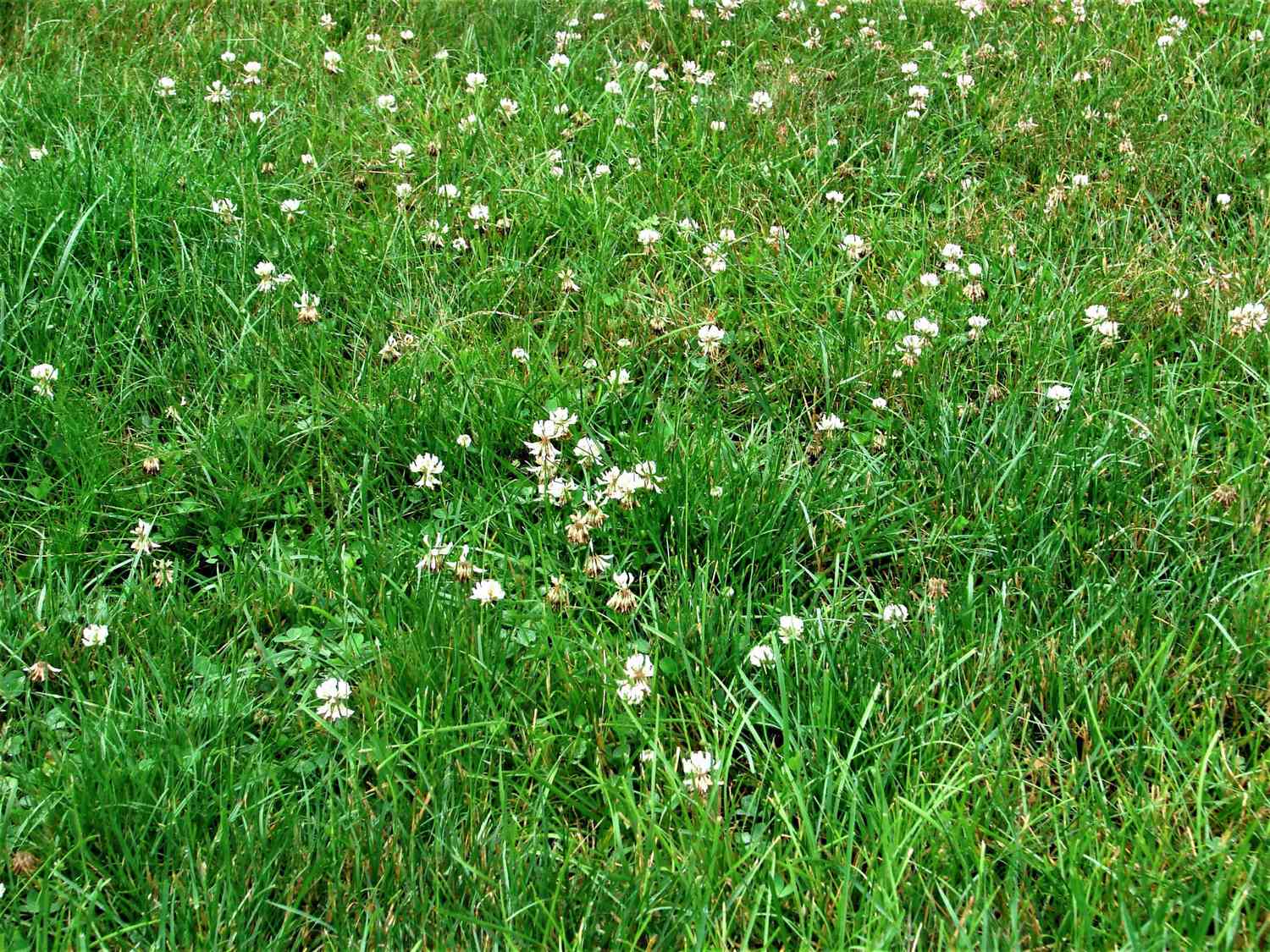

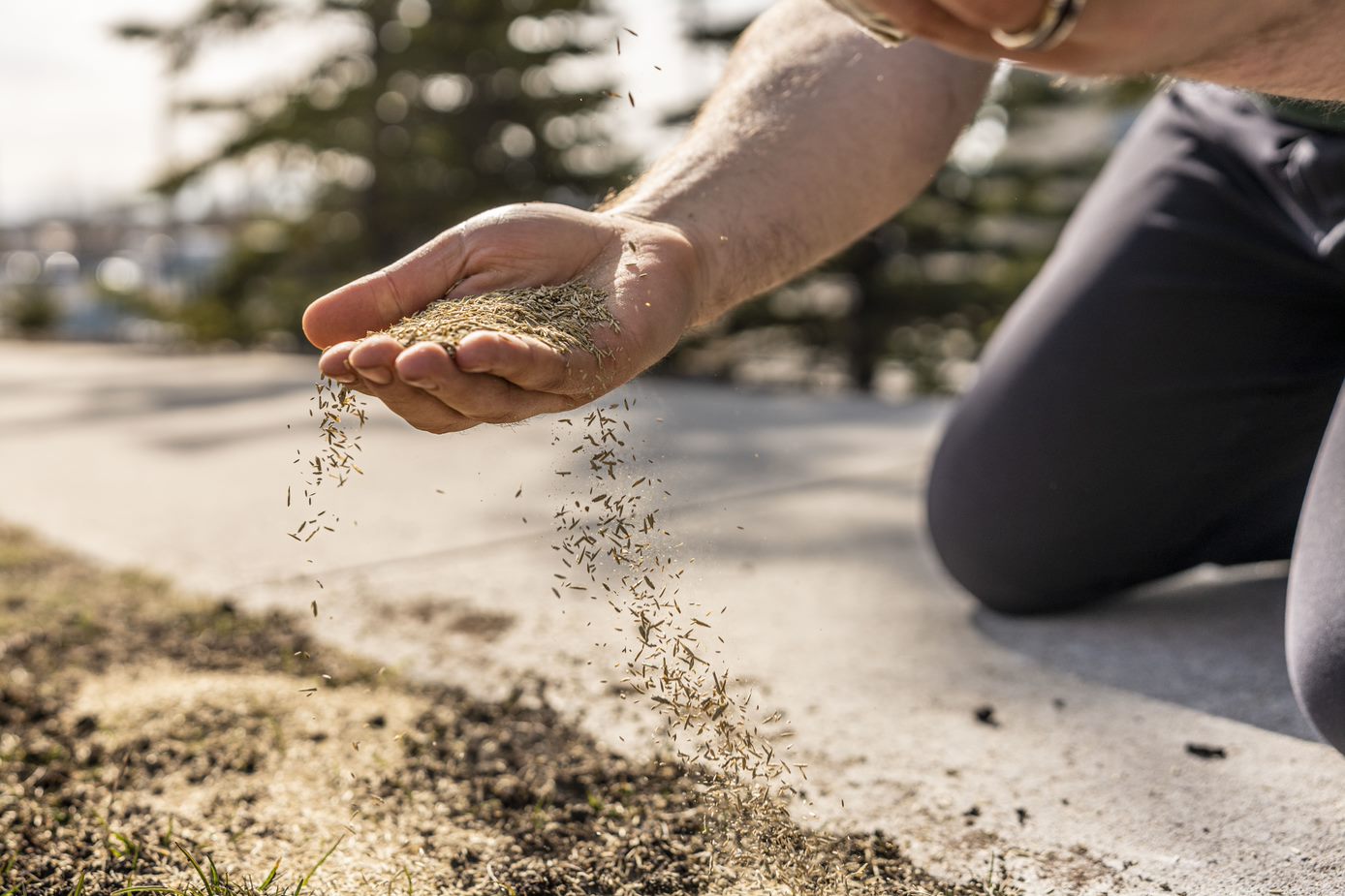
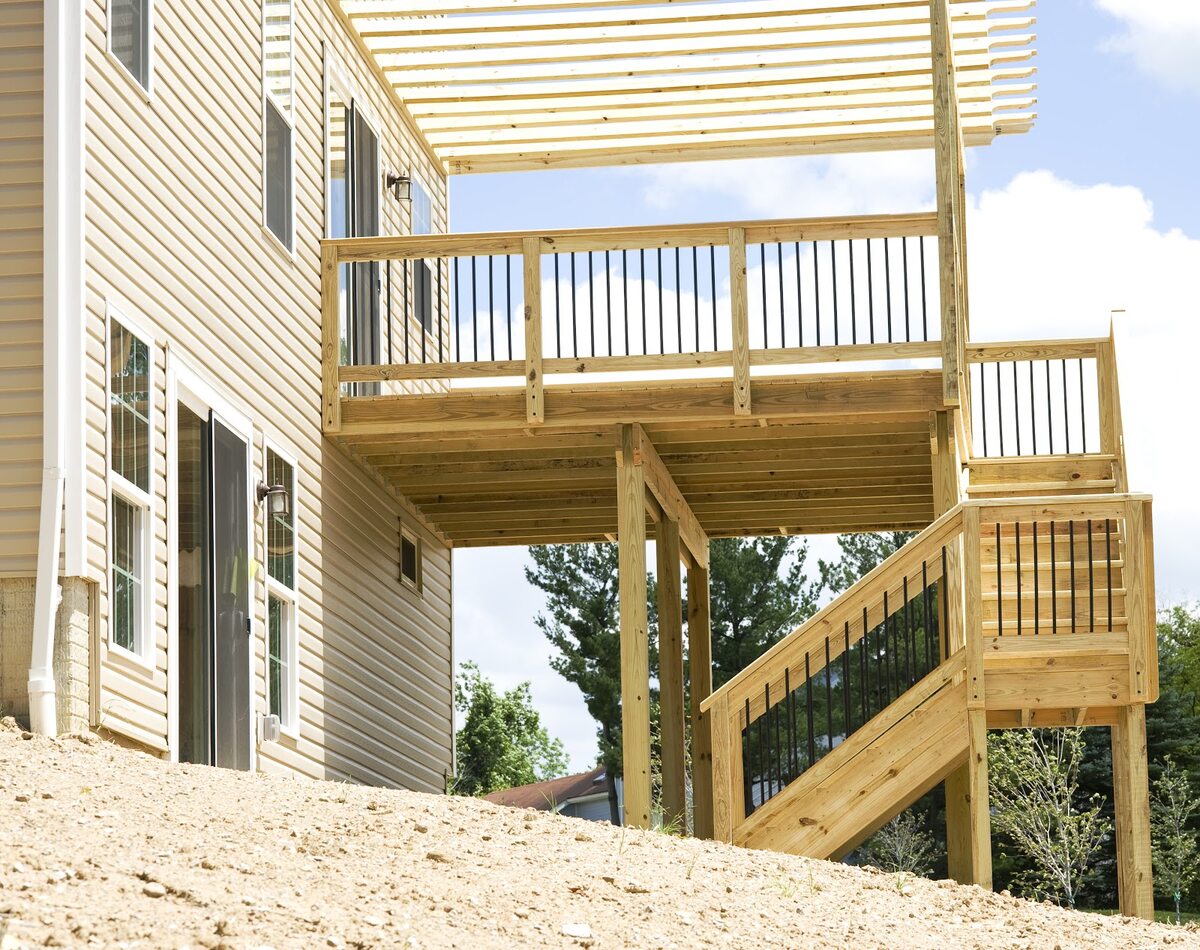
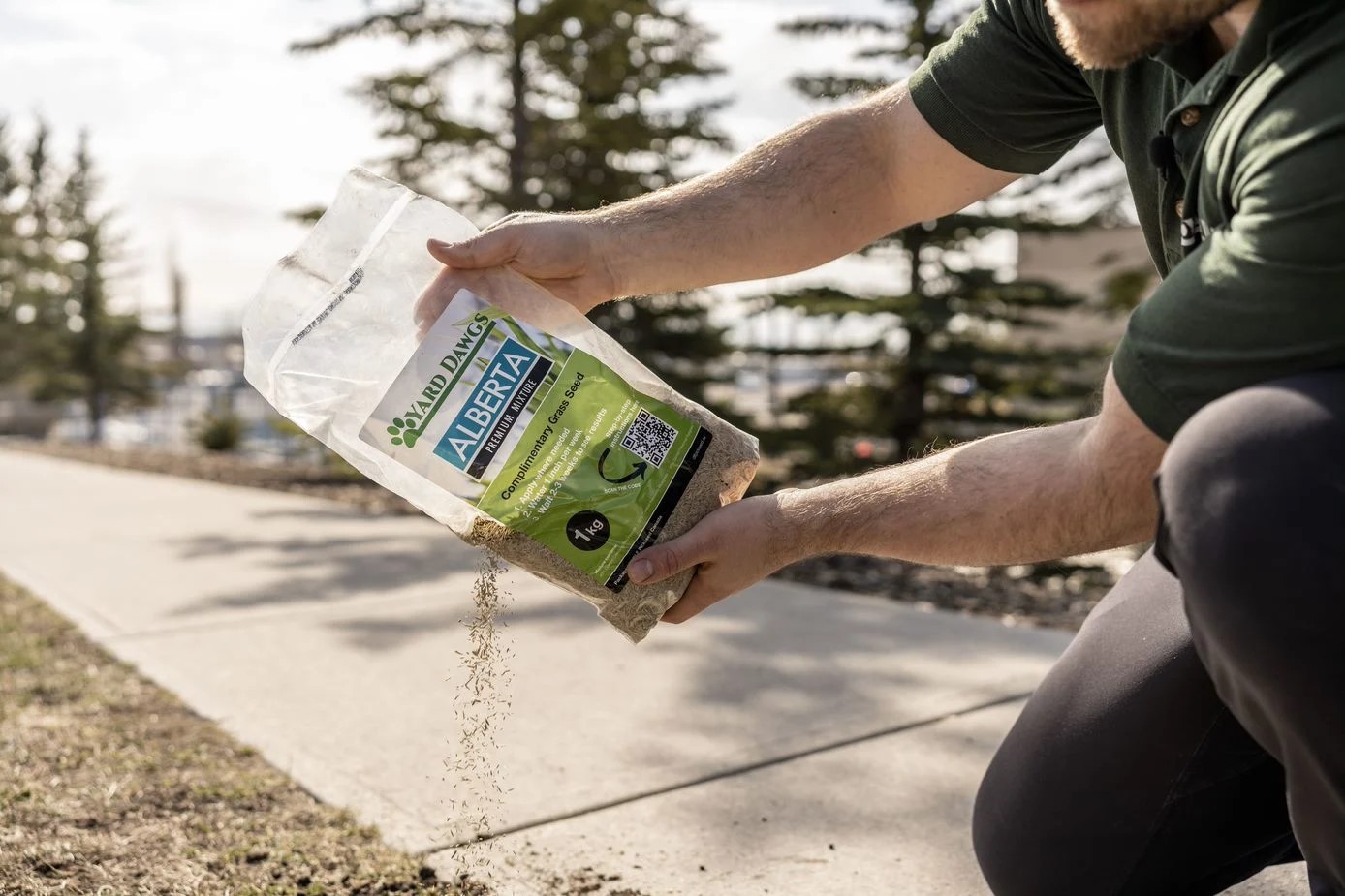

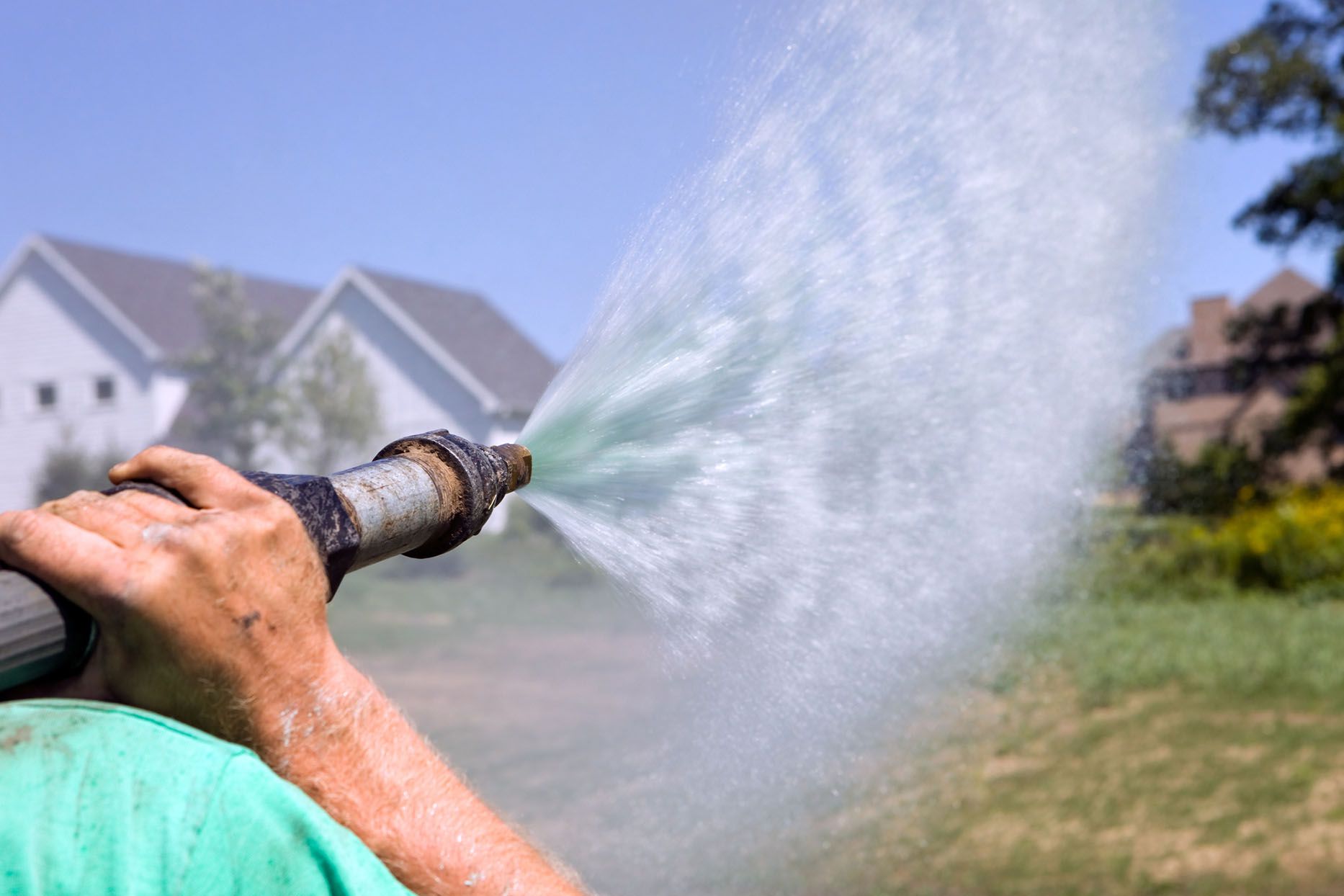
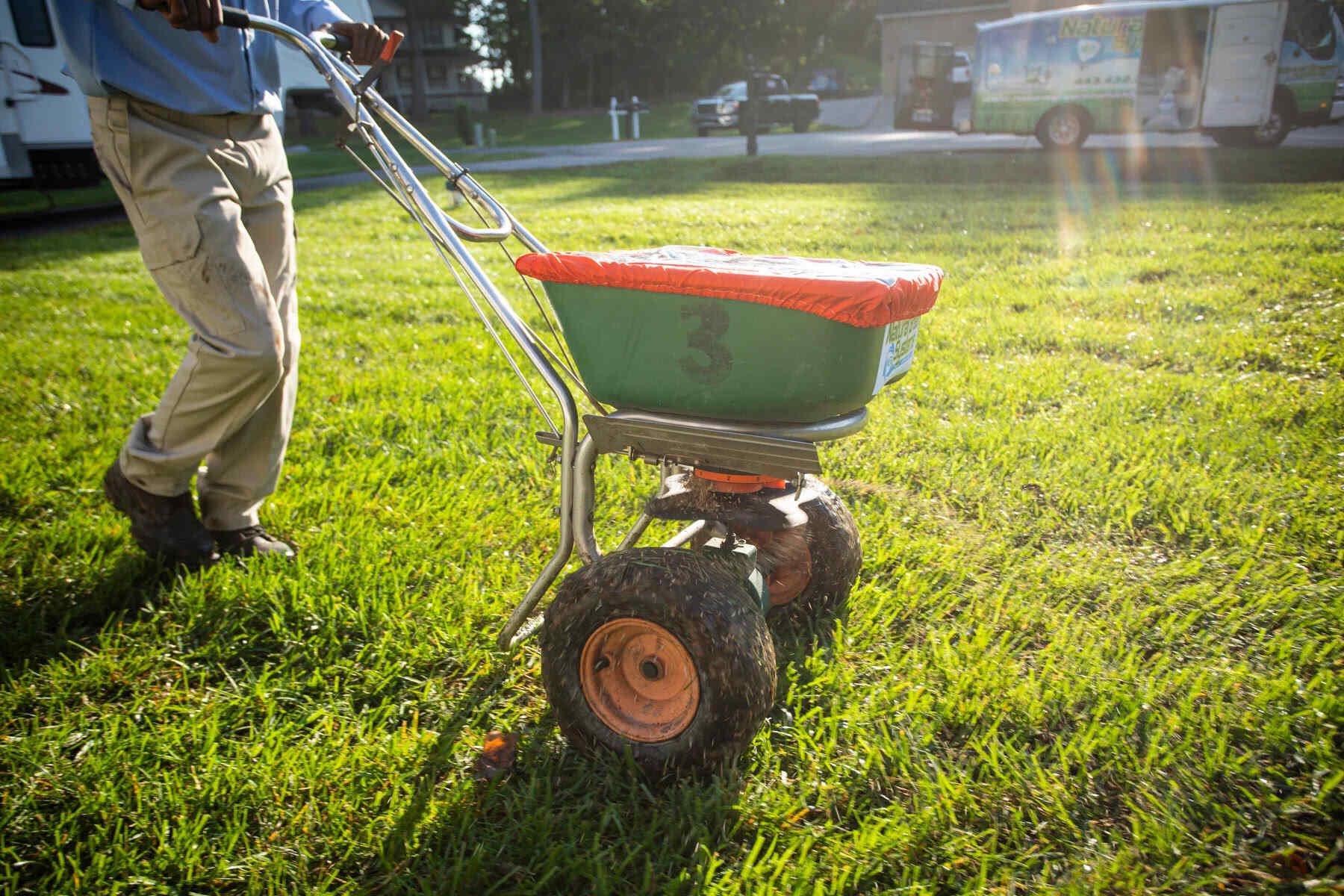
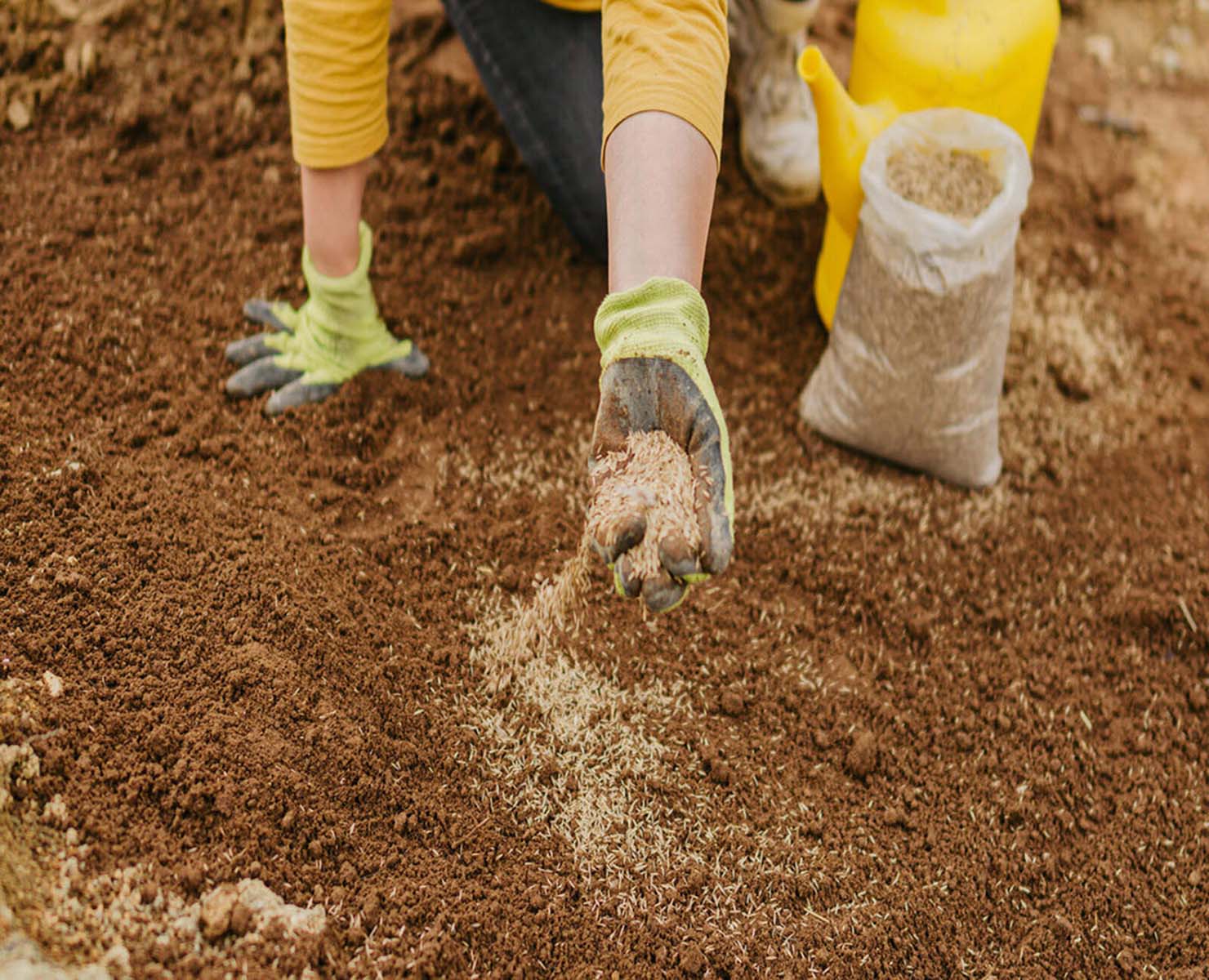
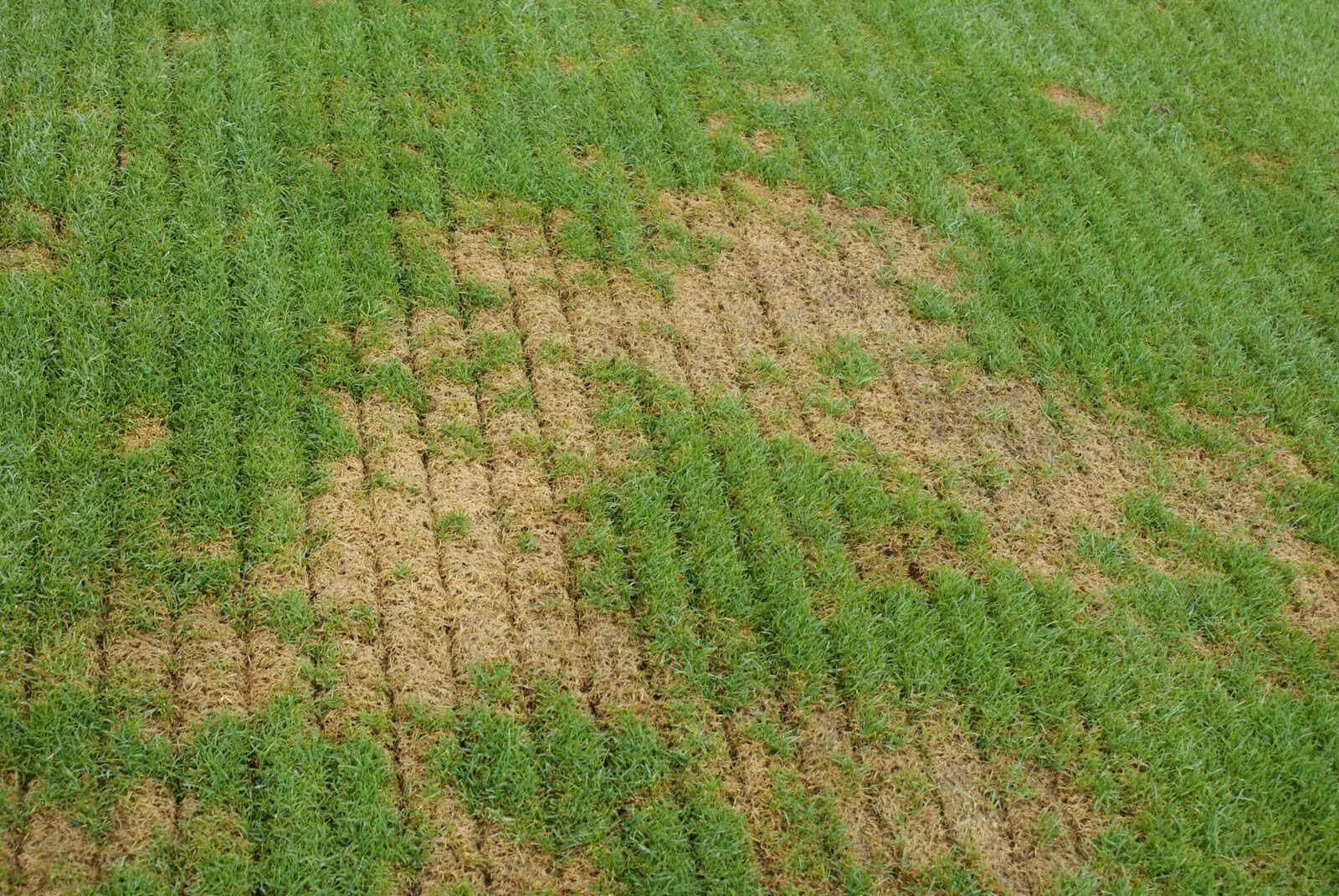
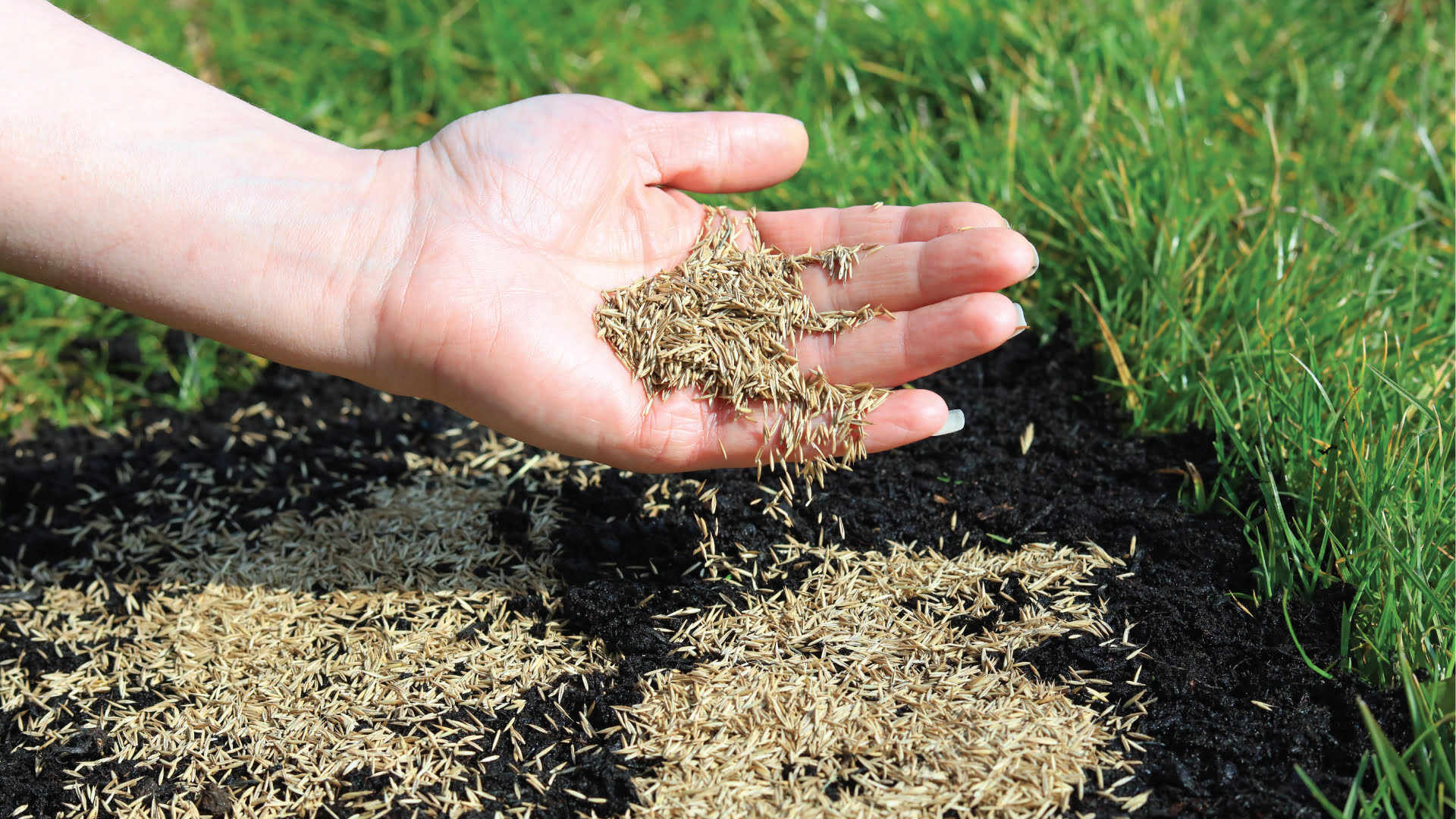
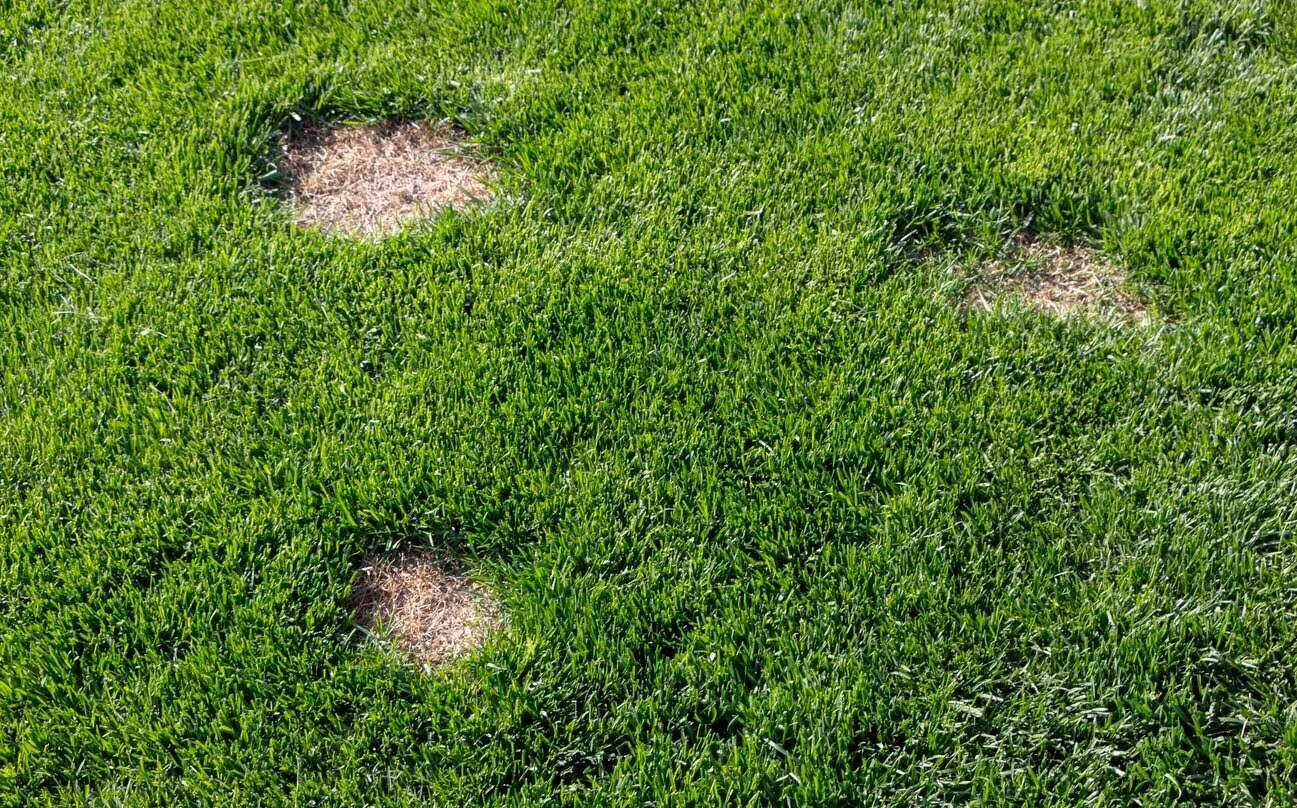


0 thoughts on “How To Plant Grass Seed On Existing Lawn”